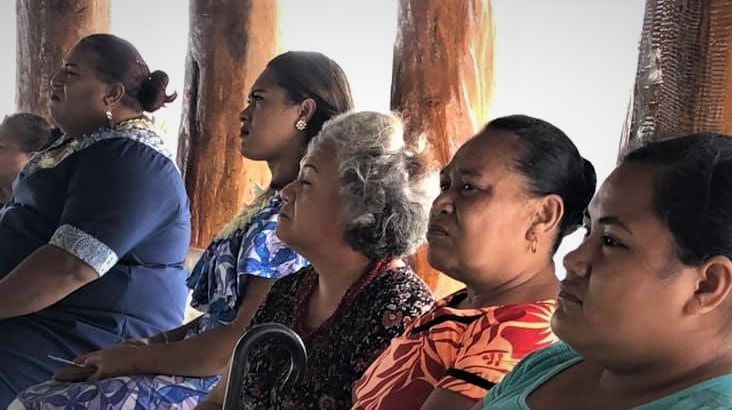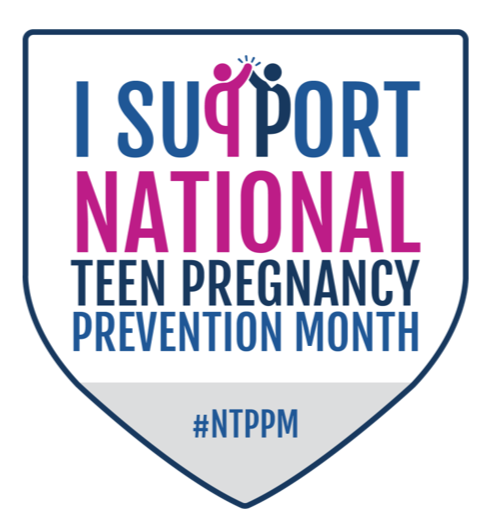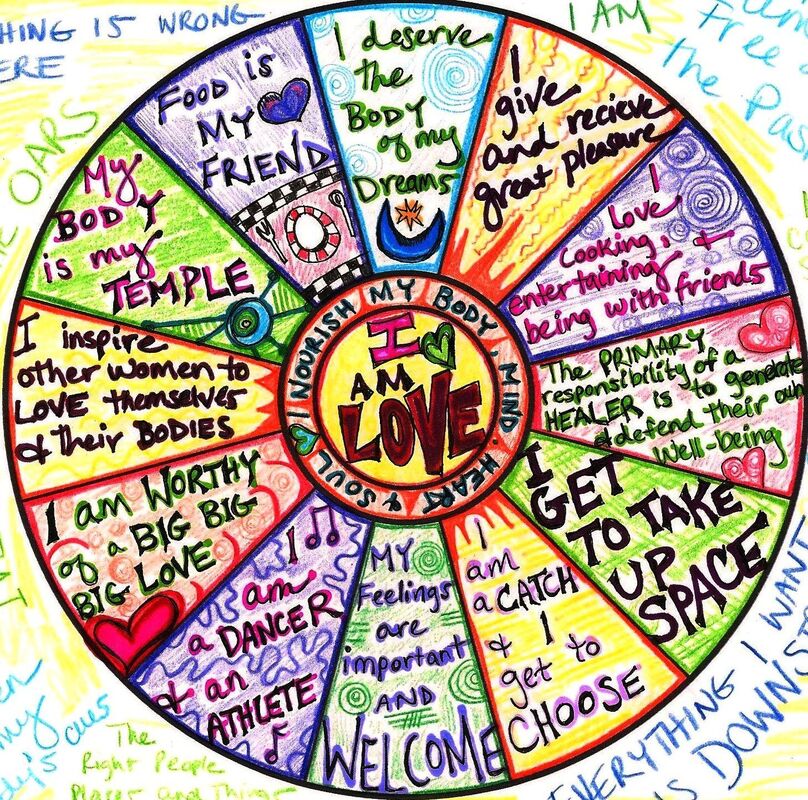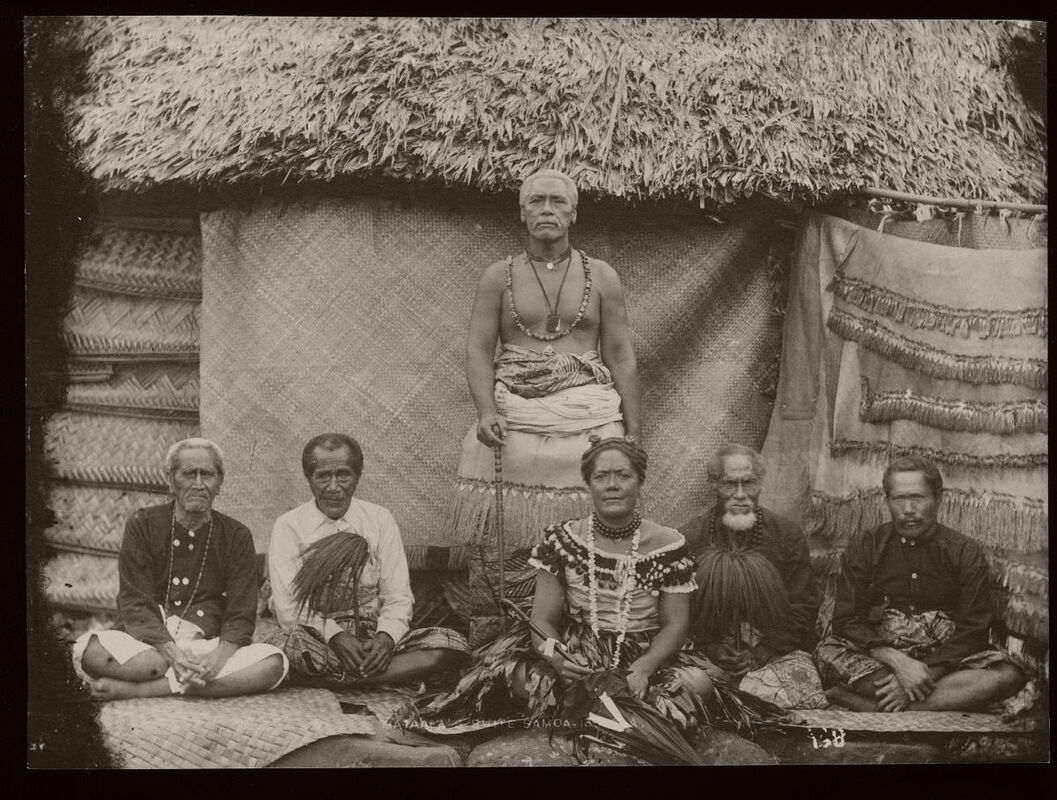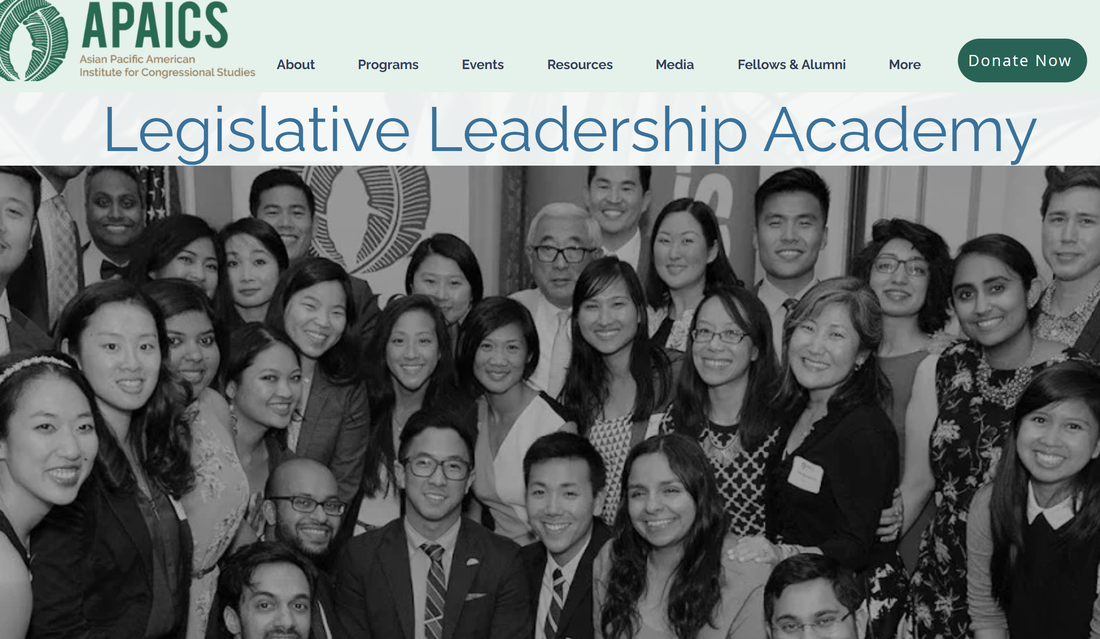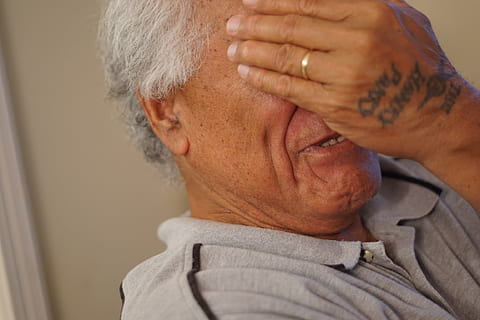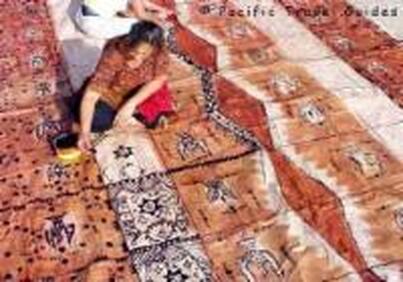Tusitala
This project was supported by annual awards by the Office on Violence Against Women, U.S., Department of Justice, and by Family Violence Prevention and Services. The opinions, findings, conclusions, and recommendations expressed in this publication are those of the authors and do not necessarily reflect the views of the U.S. Department of Justice, and Department of Health and Human Services Administration for Children and Families.

